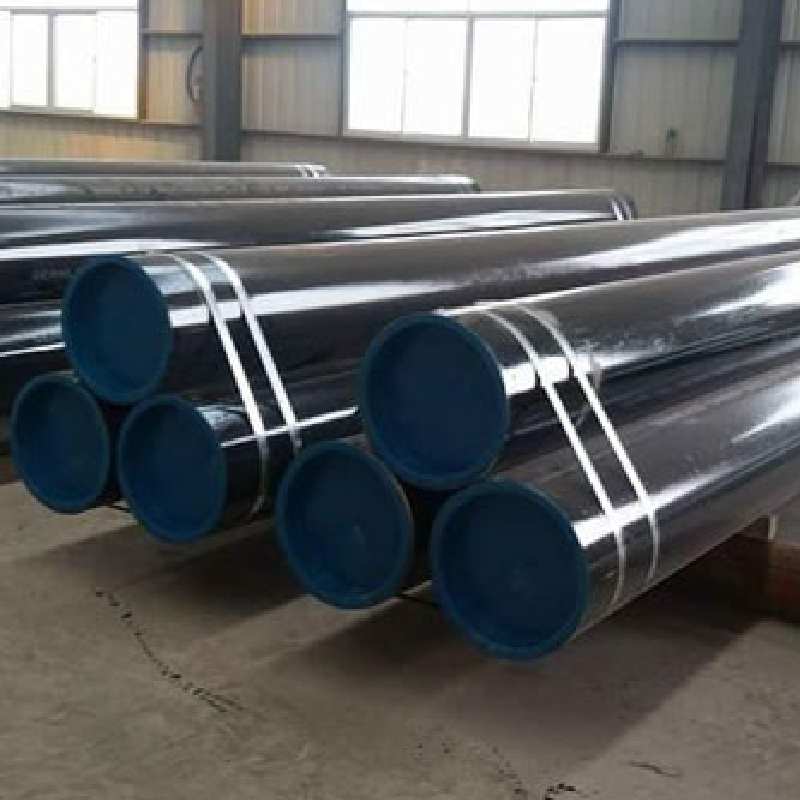-
Cangzhou Yulong Steel Co., Ltd.
-
Phone:
+86 13303177267 -
Email:
admin@ylsteelfittings.com
- English
- Arabic
- Italian
- Spanish
- Portuguese
- German
- kazakh
- Persian
- Greek
- French
- Russian
- Polish
- Thai
- Indonesian
- Vietnamese
- Zulu
- Korean
- Uzbek
- Hindi
- Serbian
- Malay
- Ukrainian
- Gujarati
- Haitian Creole
- hausa
- hawaiian
- Hebrew
- Miao
- Hungarian
- Icelandic
- igbo
- irish
- Japanese
- Javanese
- Kannada
- Khmer
- Rwandese
- Afrikaans
- Albanian
- Amharic
- Armenian
- Azerbaijani
- Basque
- Belarusian
- Bengali
- Bosnian
- Bulgarian
- Catalan
- Cebuano
- China
- China (Taiwan)
- Corsican
- Croatian
- Czech
- Danish
- Esperanto
- Estonian
- Finnish
- Frisian
- Galician
- Georgian
- Kurdish
- Kyrgyz
- Lao
- Latin
- Latvian
- Lithuanian
- Luxembourgish
- Macedonian
- Malgashi
- Malayalam
- Maltese
- Maori
- Marathi
- Mongolian
- Myanmar
- Nepali
- Norwegian
- Norwegian
- Occitan
- Pashto
- Dutch
- Punjabi
- Romanian
- Samoan
- Scottish Gaelic
- Sesotho
- Shona
- Sindhi
- Sinhala
- Slovak
- Slovenian
- Somali
- Sundanese
- Swahili
- Swedish
- Tagalog
- Tajik
- Tamil
- Tatar
- Telugu
- Turkish
- Turkmen
- Urdu
- Uighur
- Welsh
- Bantu
- Yiddish
- Yoruba

Dec . 21, 2024 20:06 Back to list
flanges and its types
Understanding Flanges and Their Types
Flanges are essential components in various industries, particularly in piping and plumbing systems. They play a critical role in the assembly and connection of two distinct parts, allowing for easier maintenance and inspection while ensuring a secure seal to prevent leaks. In this article, we will explore what flanges are, their significance, and the various types available in the market.
What is a Flange?
A flange is a mechanical component that is typically used to connect two pipe sections, valves, pumps, or other equipment. It is a flat piece of metal that is affixed to the end of a pipe or vessel and usually has holes for bolts. The primary purpose of a flange is to create a strong, leak-proof joint that can withstand pressure and temperature variations. Flanges are often used where a welded joint is not practical, allowing for the easy disassembly of components.
Importance of Flanges
Flanges serve several critical functions in industrial and plumbing applications
1. Facilitating Maintenance The most significant advantage of using flanges is that they allow for easy disassembly. This feature is particularly important for systems that require regular maintenance or inspection.
2. Creating Seals Flanges provide a surface for gaskets that help to create a tight seal. This prevents leaks and ensures that the fluid or gas conveyed through the pipe remains contained.
3. Distribution of Stress Flanges distribute stress along the pipe joint, reducing the chances of failure due to excessive pressure or mechanical stress.
Types of Flanges
flanges and its types

Flanges come in several types, each designed to suit specific applications and conditions. Here are some of the most commonly used types
1. Weld Neck Flange This type of flange has a long neck that provides a gradual transition between the pipe and the flange. It is often used in high-pressure applications because it helps to reduce stress concentration.
2. Slip-On Flange As the name suggests, this flange slips over the pipe’s end. It is easy to install and align; however, it may not be suitable for high-pressure applications due to its lower strength compared to other types.
3. Blind Flange A blind flange is a solid flange with no hole in the center, used to close off the end of a piping system. It is particularly useful for inspection, maintenance, or when a section of the piping system needs to be temporarily sealed.
4. Threaded Flange This flange has internal threads that allow it to be screwed onto the pipe. It is ideal for low-pressure applications and is often used in systems that require easy assembly and disassembly.
5. Socket Weld Flange This type of flange is designed for high-pressure applications and involves welding the pipe into a recessed area of the flange. It provides a strong connection and is commonly used in chemical industries.
6. Lap Joint Flange This flange is used with a stub end and allows for easy rotation, making it easy to align. It is particularly useful in applications requiring frequent disassembly.
7. Orifice Flange Designed for flow measurement, this type of flange has specific features to accommodate measuring devices and maintain accuracy in flow readings.
Conclusion
Flanges are a critical component of many industrial and plumbing systems, providing the necessary connection and sealing capabilities for efficient operations. Understanding the different types of flanges available is essential for engineers, architects, and maintenance personnel involved in the design and upkeep of fluid and gas transport systems. When selecting a flange, it is important to consider factors such as pressure rating, material compatibility, and installation requirements to ensure optimum performance and reliability. As industries continue to evolve, the significance of flanges will remain paramount in ensuring safety and efficiency in diverse applications.
Latest news
-
ANSI 150P SS304 SO FLANGE
NewsFeb.14,2025
-
ASTM A333GR6 STEEL PIPE
NewsJan.20,2025
-
ANSI B16.5 WELDING NECK FLANGE
NewsJan.15,2026
-
ANSI B16.5 SLIP-ON FLANGE
NewsApr.19,2024
-
SABS 1123 FLANGE
NewsJan.15,2025
-
DIN86044 PLATE FLANGE
NewsApr.19,2024
-
DIN2527 BLIND FLANGE
NewsApr.12,2024
-
JIS B2311 Butt-Welding Fittings LR/SR 45°/90° /180°Seamless/Weld
NewsApr.23,2024











